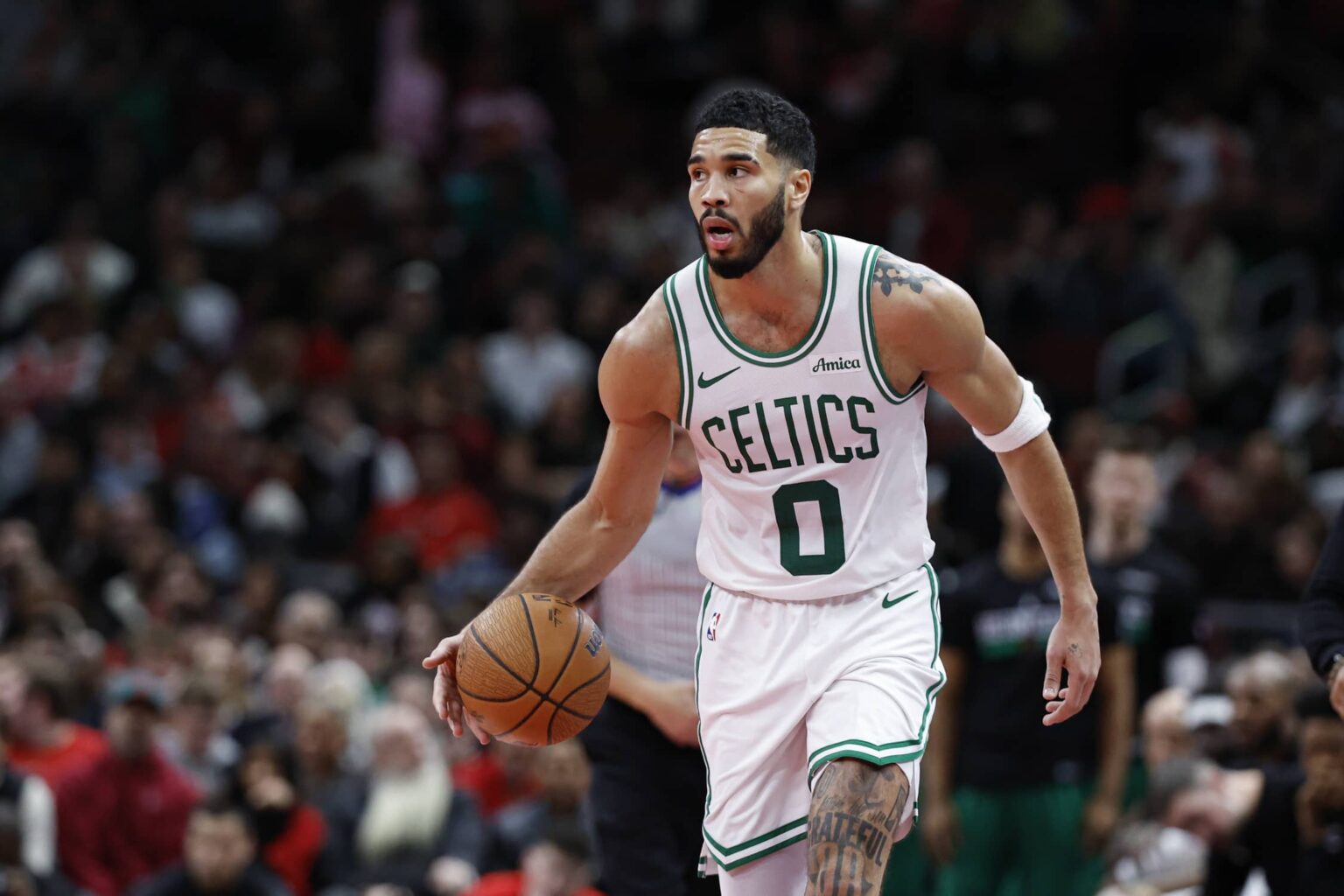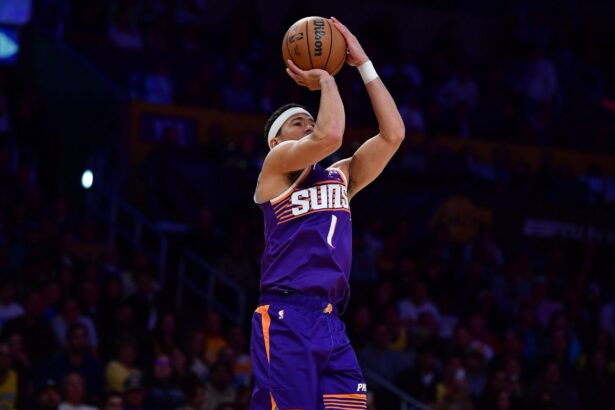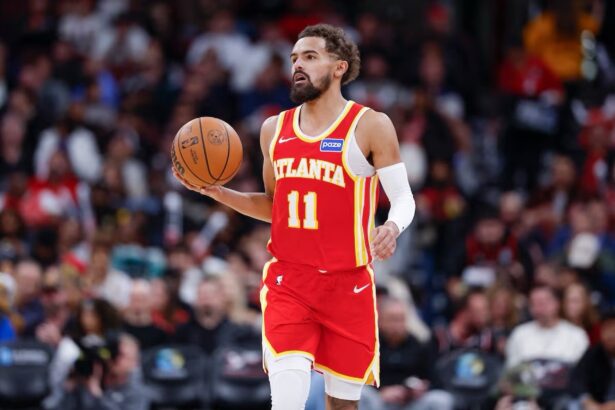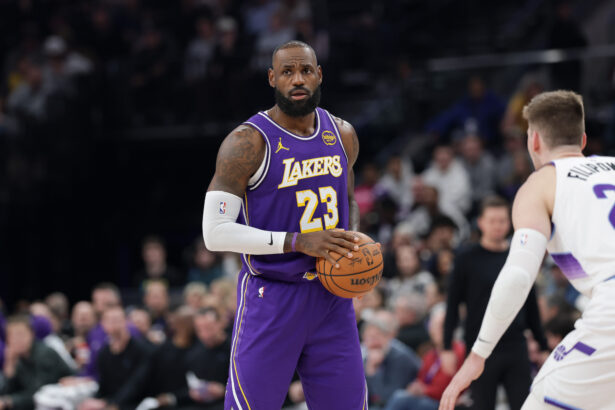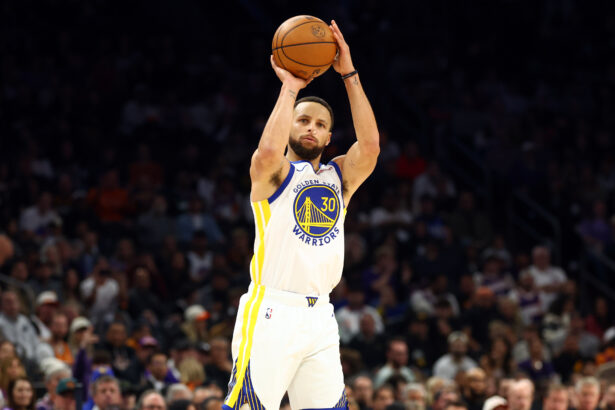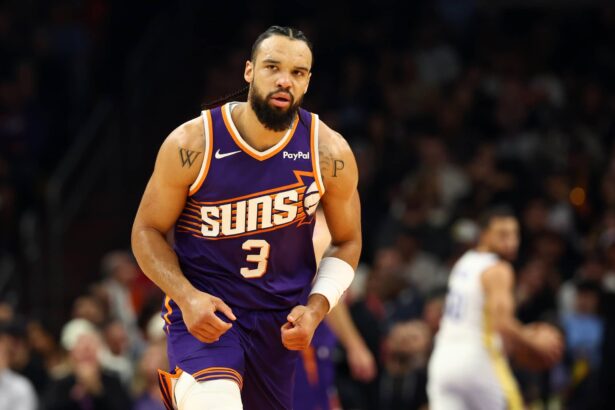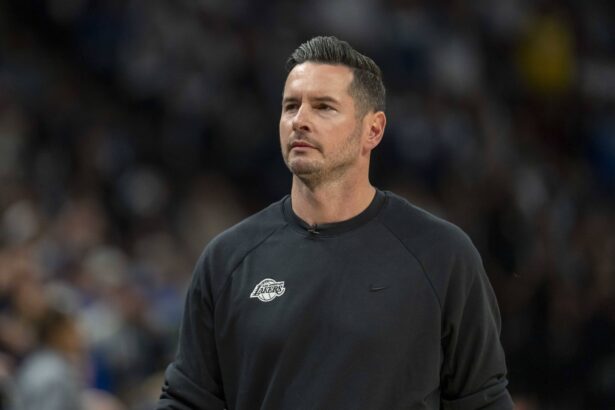Jayson Tatum’s rise in the NBA has been meteoric. Six All-Star appearances, five All-NBA selections, four straight First-Team nods, and a 2024 championship cemented his place as one of the best players in the world. At just 27 years old, he was in the thick of his prime, leading the Boston Celtics as both a scorer and a two-way presence. But in one cruel moment during the 2025 Eastern Conference Semifinals, everything came crashing down.
In Game 4 against the New York Knicks, Tatum was having one of the finest postseason performances of his career. He had 42 points, eight rebounds, four assists, four steals, and two blocks, single-handedly keeping Boston alive in a must-win game. With just over three minutes left in the fourth quarter, disaster struck.
Tatum went down without contact, clutching his leg in agony. The TD Garden crowd fell silent, fearing the worst. Moments later, the team confirmed what everyone suspected: a torn Achilles.
For Tatum, the physical pain was just the beginning. The mental toll hit even harder. In a candid conversation with People, he admitted the injury left him shattered.
“I broke down crying. I thought, ‘Will I ever be the same?’ At 27, I felt invincible. It all changed in a moment. I literally sat there and cried for two hours ’cause so many things ran through my mind: ‘Damn, is my career over? Am I going to get traded? Are all my partners going to drop me?'”
“My basketball career flashed in front of my eyes. I’m in my prime, one of the best basketball players in the world, and it felt like it was all taken away.”
“As crazy as it sounds, I felt betrayed by the game of basketball.”
Statistically, Tatum was at his peak last season, averaging 26.8 points, 8.7 rebounds, and 6.0 assists per game, while shooting 45.2% from the field and 34.3% from three-point range.
He was the Celtics’ engine and arguably their most reliable closer, and losing him was the kind of blow that not only altered a playoff series but potentially an entire era for Boston.
The Celtics’ response to his injury only fueled his anxiety. Already facing one of the most punishing luxury tax bills in NBA history, estimated at $540 million, Boston decided to blow up its roster.
Kristaps Porzingis and Jrue Holiday were moved in cost-cutting trades, while other veteran pieces were shipped out. The reshuffling saved the franchise more than $300 million but left the Celtics far from their title-contending form.
That restructuring left Tatum wondering where he fit in. Was Boston still committed to him long-term? Would they shop him as part of a bigger rebuild?
Those thoughts gnawed at him during the early stages of recovery. Achilles injuries are among the toughest for athletes to overcome, often robbing players of their explosiveness. For Tatum, who built his game around smooth footwork, elite shot creation, and the ability to guard multiple positions, it felt like a cruel twist of fate.
And yet, there remains hope. Tatum has not ruled out a return late this season. Even if the Celtics aren’t expected to contend, their ceiling now looks closer to a Play-In team, his presence would give them a jolt. For Tatum personally, getting back on the court would mean everything, proving to himself and the world that his prime isn’t over.
Superstars don’t come around often, and before the injury, Tatum was firmly entrenched as a top-five player in the league. Whether he can reclaim that status will depend on his recovery. But one thing is clear: his fear of being forgotten, of being traded away or written off, shows just how fragile even the brightest NBA careers can feel.
For now, Boston waits. And so does Tatum, driven by the same fire that made him one of the league’s elite. If he can make it back, it will be one of the most inspiring comebacks the NBA has ever seen.

